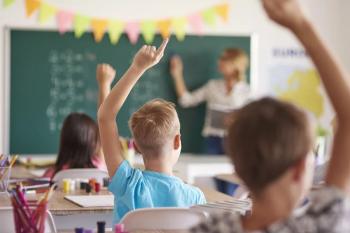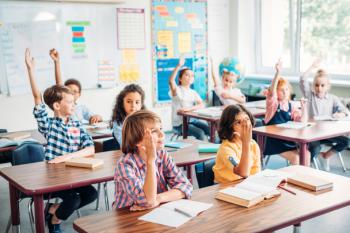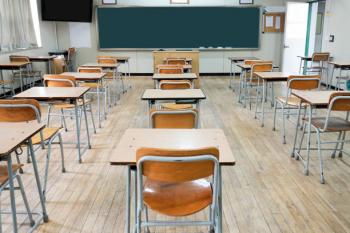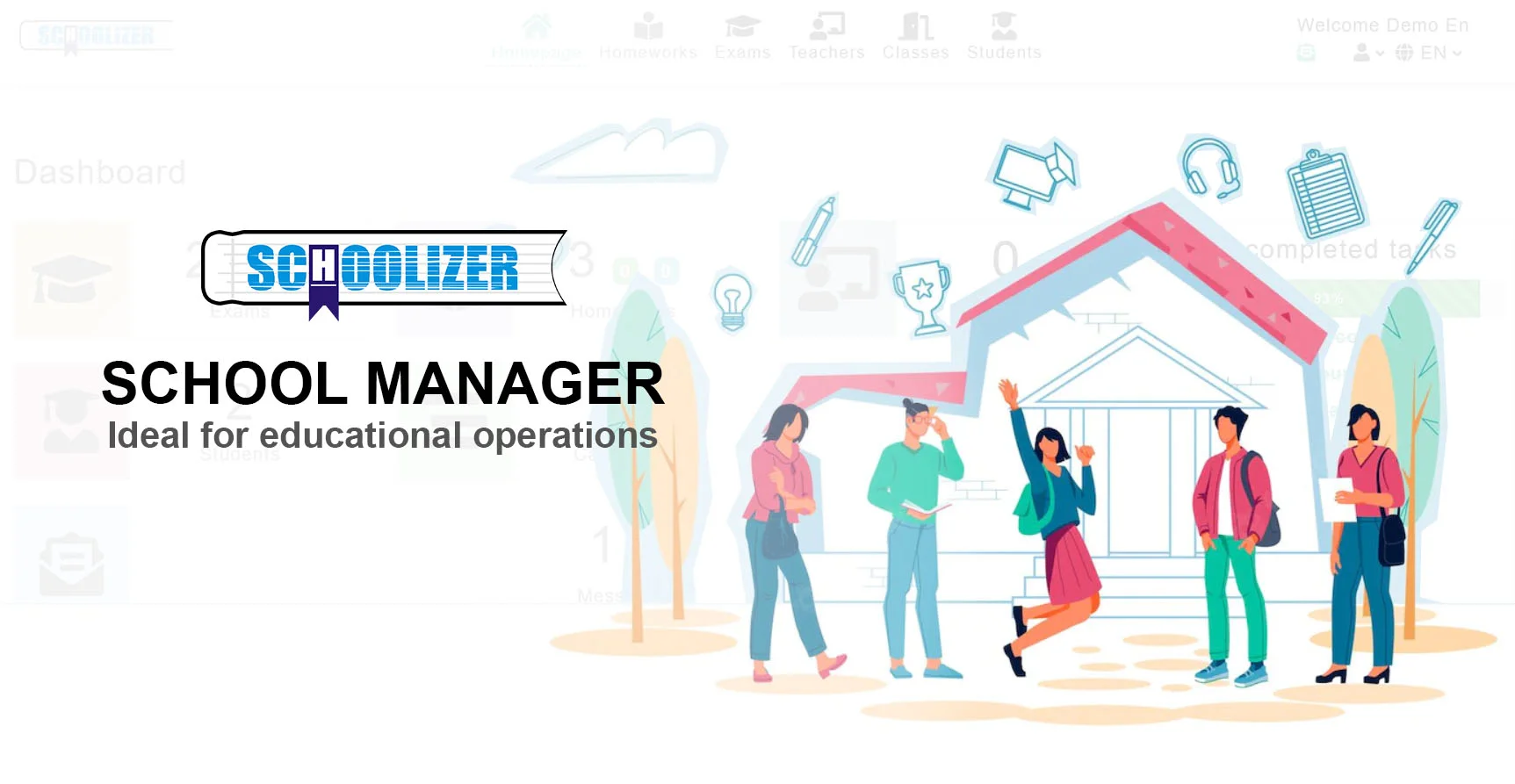The Gradual Release of Responsibility Model: A Powerful Framework for Effective Learning
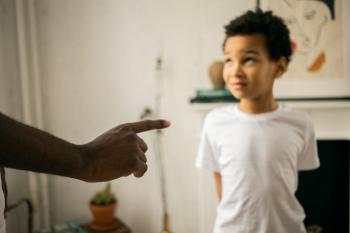
The Gradual Release of Responsibility Model: A Powerful Framework for Effective Learning
What if there was a teaching method that could seamlessly transition students from dependence to independence? How can educators ensure that learners not only grasp concepts but also apply them confidently? The Gradual Release of Responsibility (GRR) model answers these questions by providing a structured approach to instruction. This article explores the GRR framework, its phases, benefits, and practical applications in modern education.
What Is the Gradual Release of Responsibility Model?
The Gradual Release of Responsibility is an instructional framework that systematically shifts the cognitive load from teacher to student. Developed by Pearson and Gallagher in 1983, this model emphasizes scaffolded learning, where educators progressively reduce support as learners gain mastery. It transforms passive recipients of knowledge into active, independent thinkers.
Real-world example: In a writing class, the teacher first demonstrates how to craft a thesis statement (modeling), then guides students through creating one together (guided practice), before finally having students write their own independently. 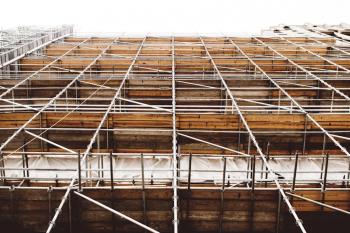
The Four Phases of the GRR Model
1. Focused Instruction ("I Do")
This teacher-directed phase involves clear explanations, demonstrations, and think-alouds. Educators establish learning objectives, model skills, and provide direct instruction. Key strategies include:
- Explicitly stating lesson goals
- Demonstrating processes step-by-step
- Using visual aids and concrete examples
Practical application: A math teacher solving an equation on the board while verbalizing their thought process.
2. Guided Instruction ("We Do")
Teachers and students collaborate through structured practice. This phase features:
- Scaffolded activities with gradual complexity
- Strategic questioning to prompt thinking
- Immediate feedback and error correction
Example: In science class, students work in small groups to design experiments with teacher guidance.
3. Collaborative Learning ("You Do Together")
Peers work together while the teacher observes and facilitates. Benefits include:
- Development of teamwork and communication skills
- Opportunities for peer teaching
- Diverse perspectives enriching understanding
Classroom scenario: Literature circles where students discuss a novel's themes. 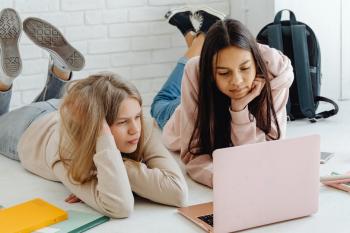
4. Independent Practice ("You Do Alone")
The final phase where students demonstrate mastery through:
- Individual assignments and projects
- Application of skills in new contexts
- Self-assessment and reflection
Example: History students researching and writing individual essays on historical events. 
Why the GRR Model Works: Cognitive Benefits
The GRR framework aligns with several evidence-based learning principles:
- Scaffolding: Matches Vygotsky's Zone of Proximal Development
- Metacognition: Encourages awareness of one's learning process
- Transfer: Helps apply skills across disciplines
- Confidence building: Reduces anxiety through supported practice
Research shows GRR improves retention rates by up to 75% compared to lecture-only methods. 
Implementing GRR in Diverse Classrooms
Adapting the model for different contexts:
Elementary Education
Use concrete manipulatives in math, progressing to abstract problems. Reading instruction moves from read-alouds to independent reading.
Secondary and Higher Education
Complex subjects like chemistry benefit from lab demonstrations → guided experiments → independent research.
Special Education
Extended time in guided practice phase with additional visual supports and repetition.
Technology integration example: Starting with teacher-led digital tool demonstrations, then peer collaborations on shared documents, finally individual multimedia projects. 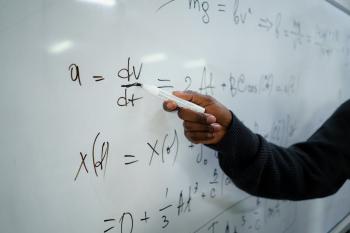
Common Challenges and Solutions
Potential implementation hurdles include:
- Rushing phases: Solution - Monitor student readiness through formative assessments
- One-size-fits-all approach: Solution - Differentiate duration of phases per student needs
- Classroom management: Solution - Establish clear routines for transitions between phases
Success story: A middle school that improved writing scores by 20% after training teachers in phased GRR implementation.
The Future of GRR: Evolving With Educational Trends
Modern adaptations of the model incorporate:
- Flipped classroom elements (video modeling before class)
- Blended learning combinations (online guided practice)
- Competency-based progression (self-paced movement through phases)
The GRR framework remains relevant because it fundamentally respects how humans learn best - through supported challenges that grow appropriately demanding. As education continues evolving, this flexible model adapts to new contexts while maintaining its core wisdom about the learning process.

